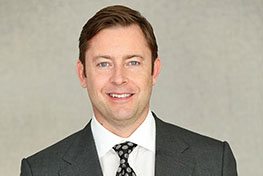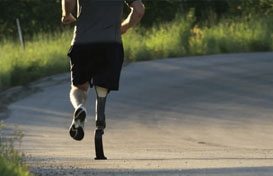Pharmacists play an essential role in the health of their patients. They must keep track of all medications patients take in order to ensure there are no drug interactions, as well as properly filling doctors’ prescriptions. When pharmacists are negligent in their duties and a patient is harmed, the pharmacist can be held liable for injuries.
It’s been estimated that there are roughly 1.5 million preventable drug events every year. Although some of these have no long term effects on patients, many do. Many of those are attributable to errors made by pharmacists. When a pharmacist fills a prescription with the wrong medication or an incorrect dosage, that pharmacist commits malpractice.
There are a number of common types of mistakes that can be made by pharmacists. Some common pharmacy errors include dispensing the wrong medications, failing to warn of potential side effects, labeling medication incorrectly, providing incorrect dosage, and failing to take note of medications that may interact with each other.
If you have suffered an injury because of a mistake made by a pharmacist, you have legal rights. You may wish to speak to an attorney. Call the legal team at Conal Doyle Law at 310-385-0567. We can help. You may be entitled compensation for your medical expenses, time off work, and more.











